Accounting for Managers: Analysis of Woolworths Non-Current Assets
VerifiedAdded on 2022/09/30
|5
|651
|21
Homework Assignment
AI Summary
This assignment analyzes the valuation of non-current assets, specifically focusing on the Woolworths Group. It begins with an introduction to non-current assets, defining them as long-term investments not fully realized within an accounting year, such as property, plant, and equipment. The discussion centers on how Woolworths classifies these assets, particularly those held for sale, and how they are measured at the lower of carrying amount and fair value less costs to sell. The company recognizes impairment losses and gains, with specific guidelines on depreciation and interest recognition. The assignment references Woolworths Group's 2018 annual report and relevant academic literature to support its analysis, concluding with a summary of Woolworths' approach to non-current asset valuation. The company's approach to intangible assets is also briefly mentioned, focusing on cost less impairment and amortization.
1 out of 5
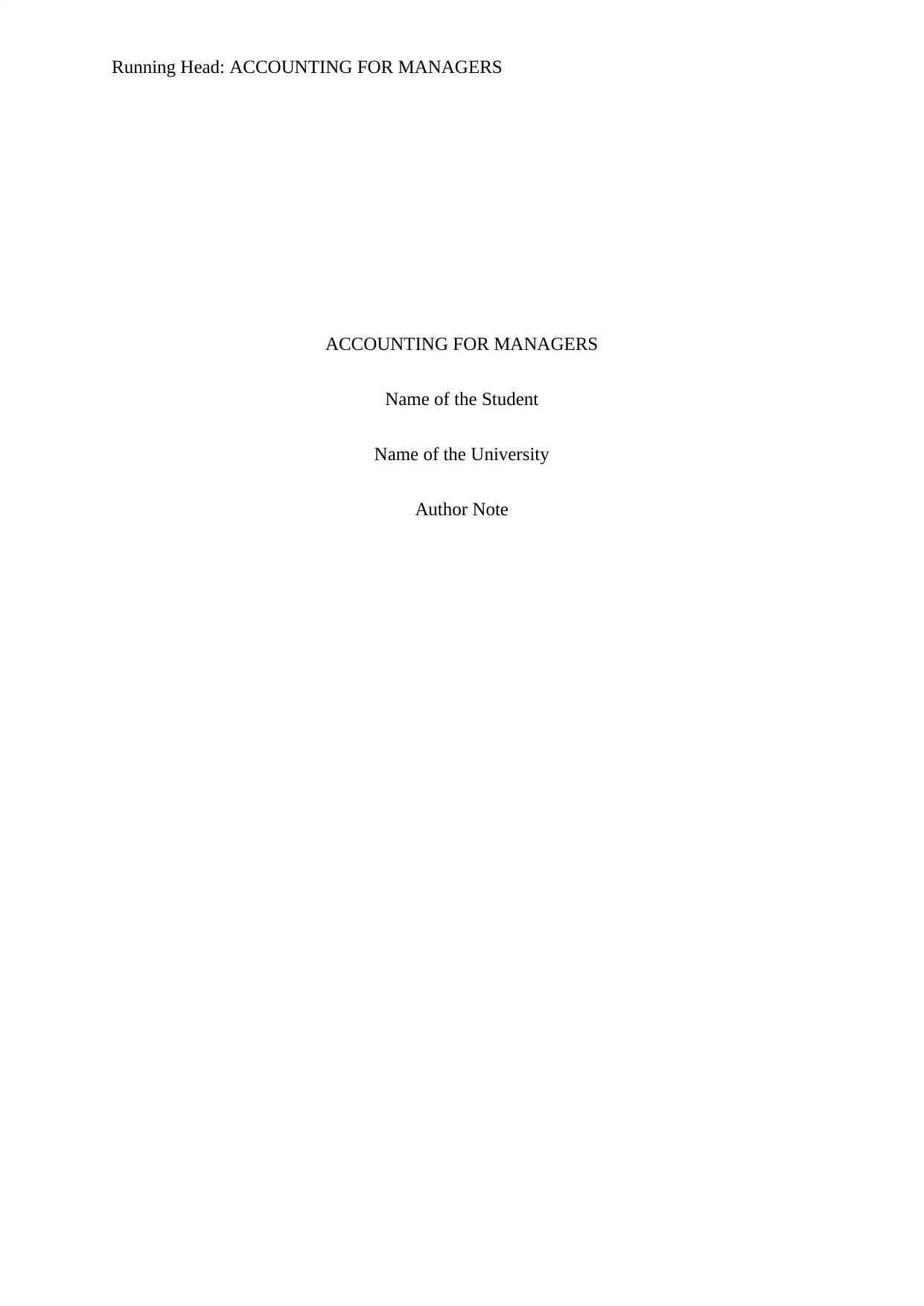
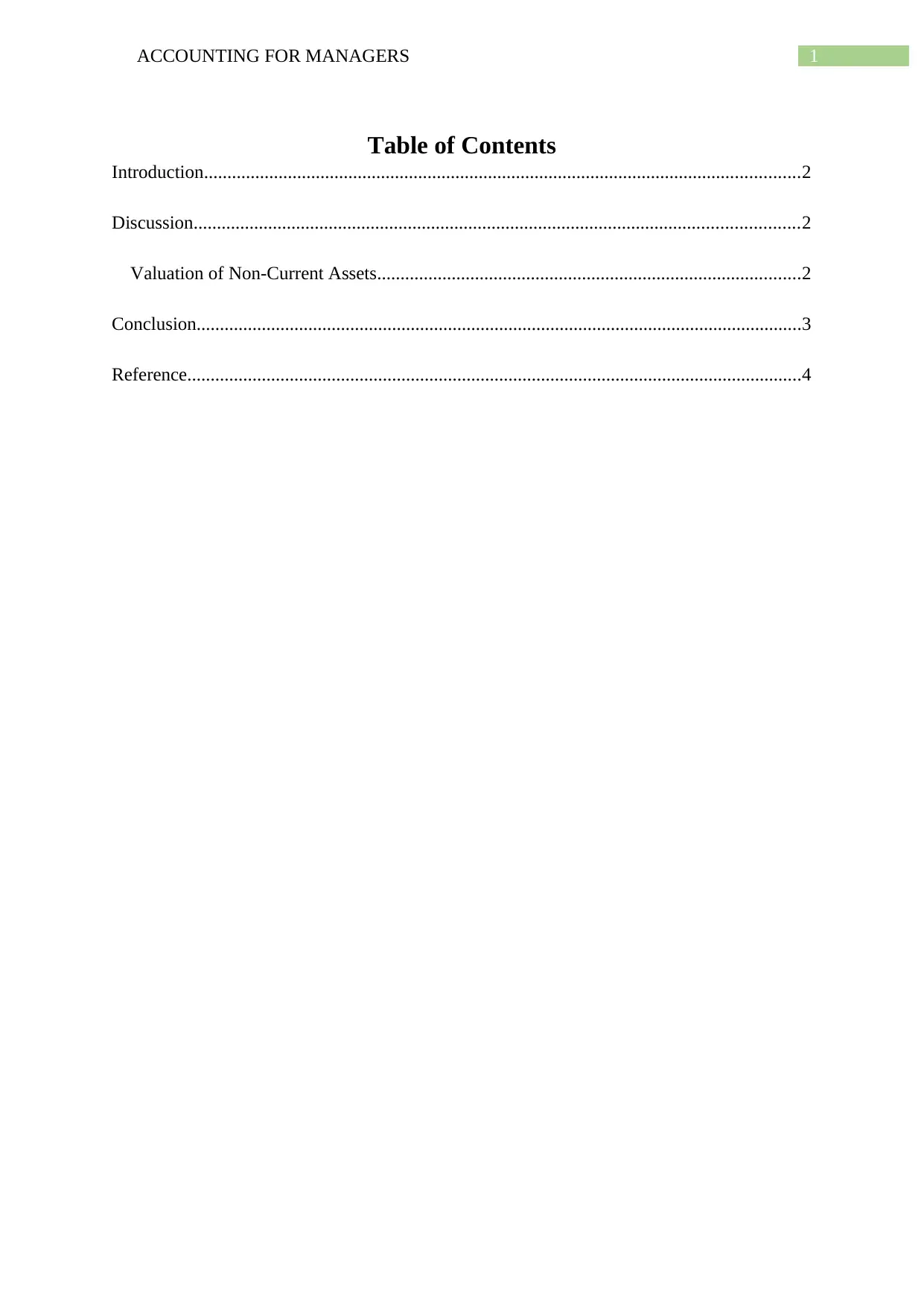
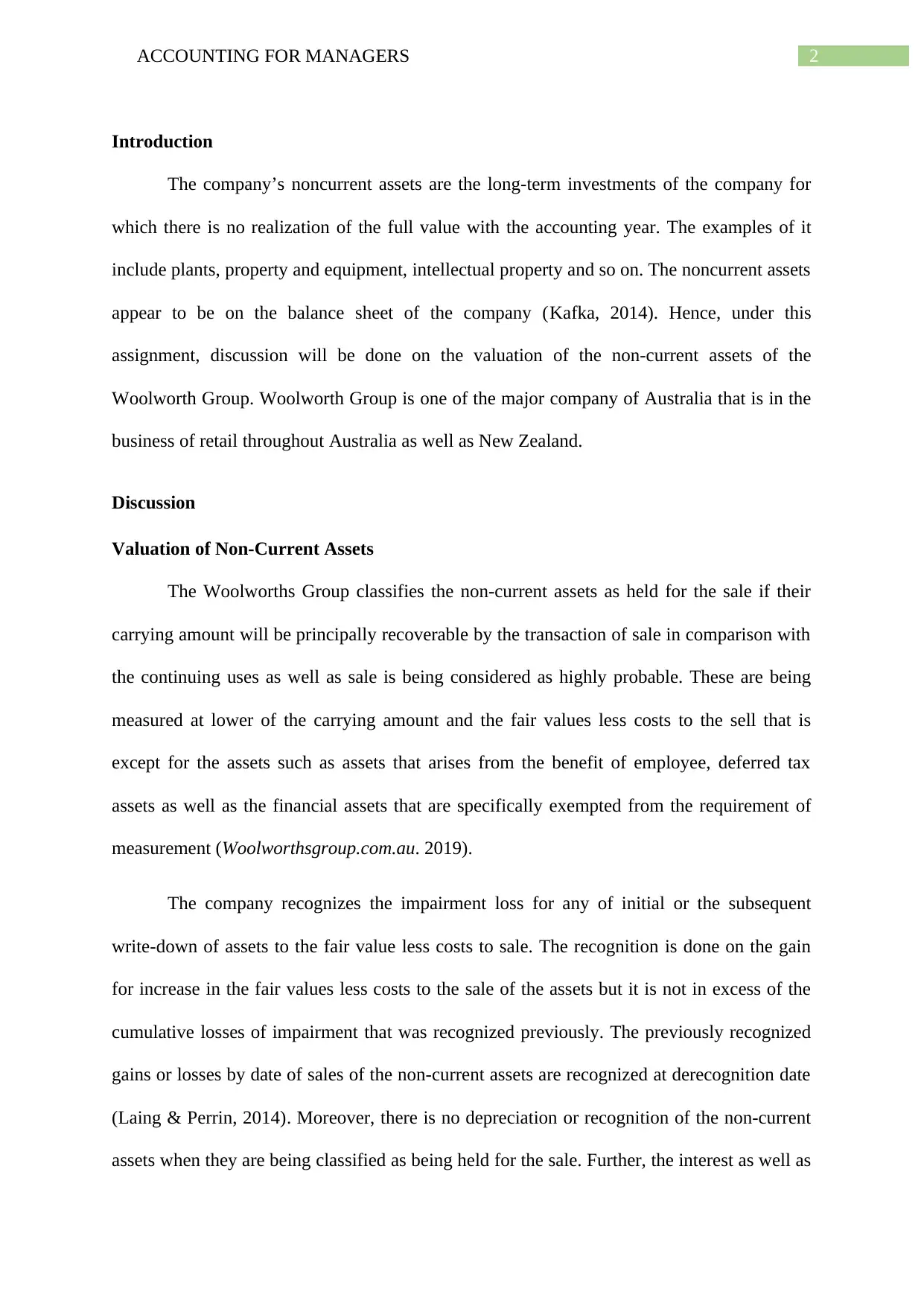

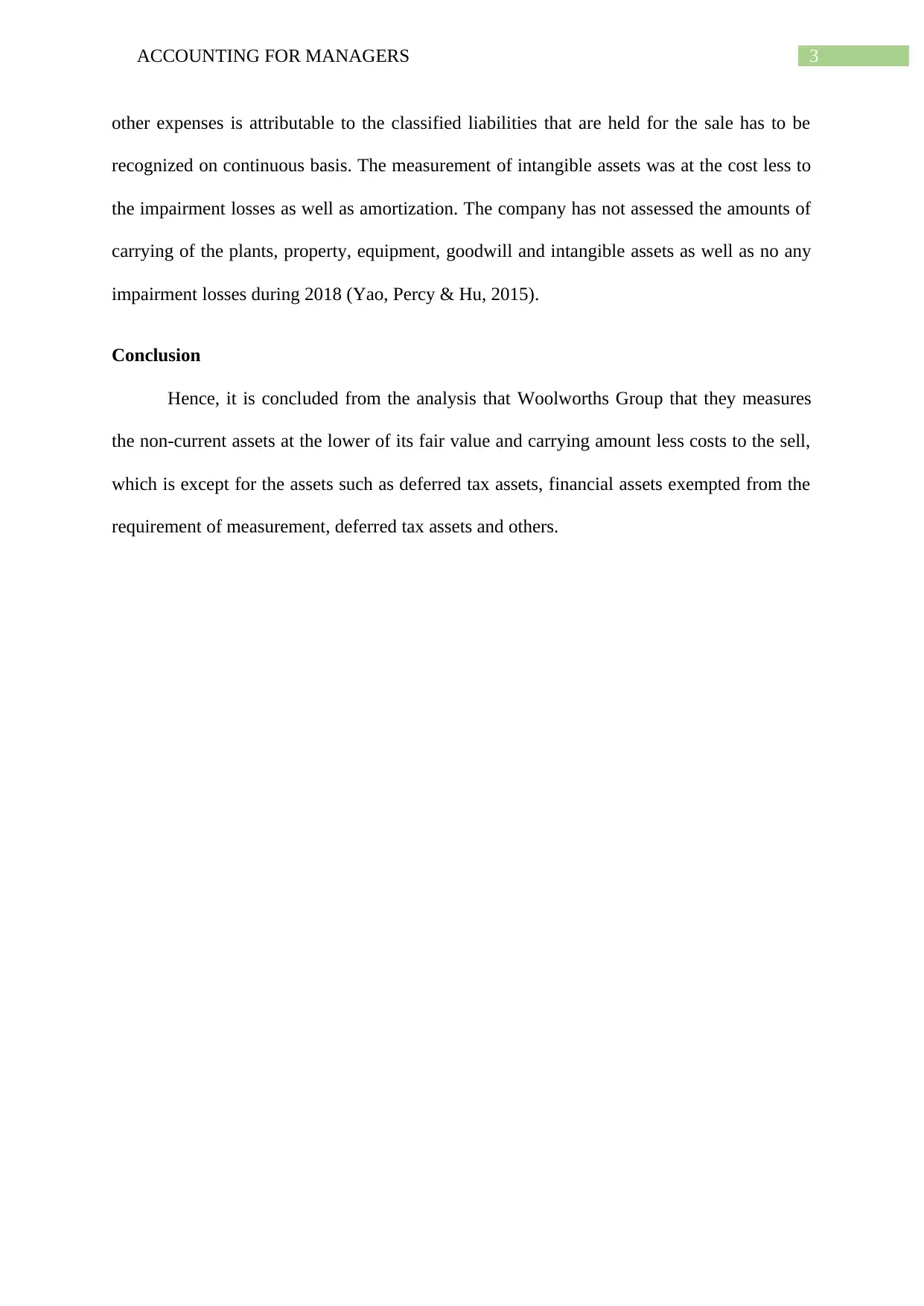
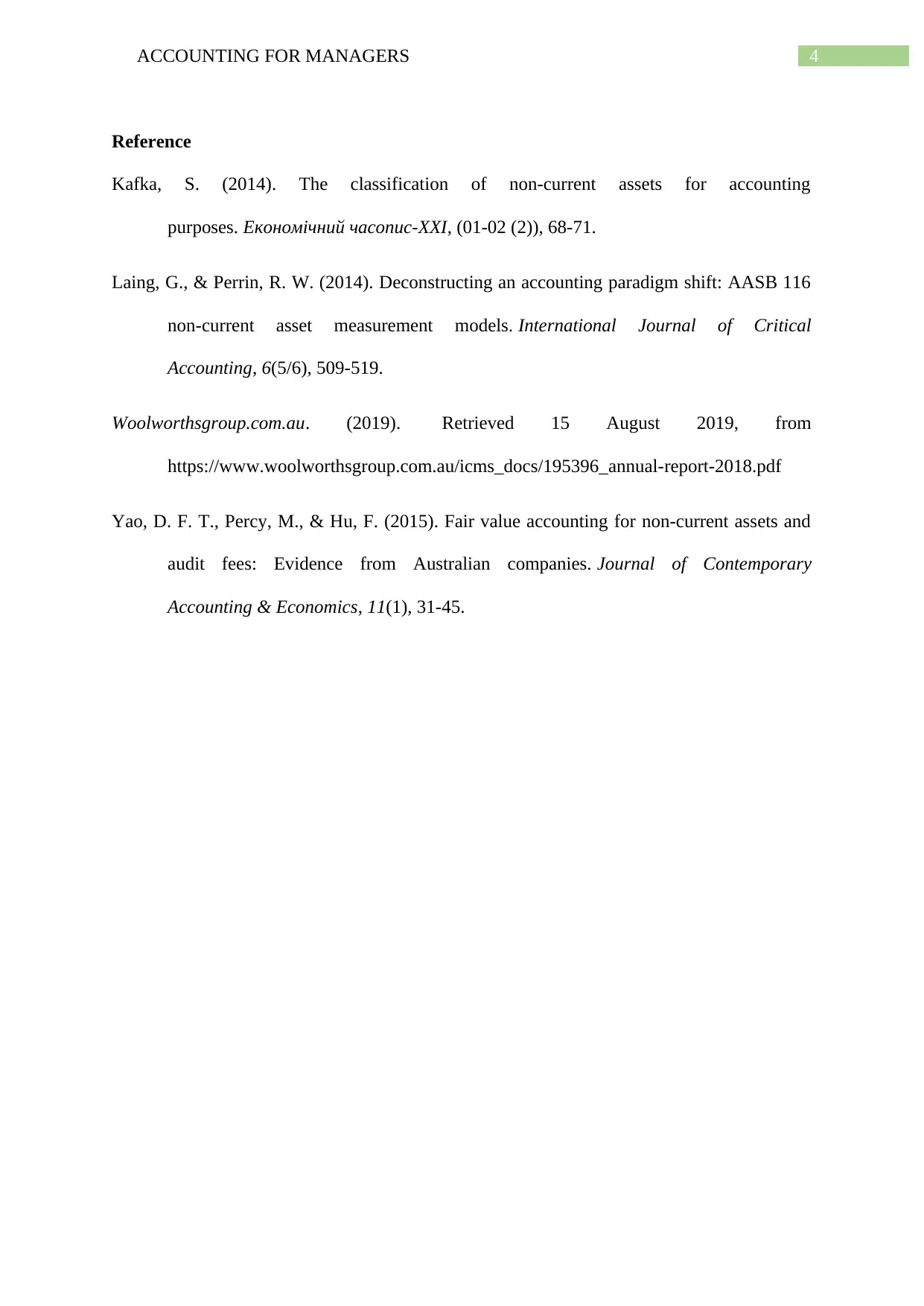






![[object Object]](/_next/static/media/star-bottom.7253800d.svg)